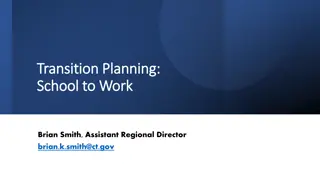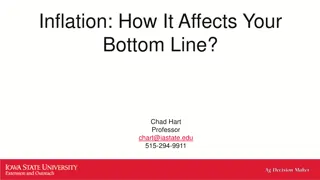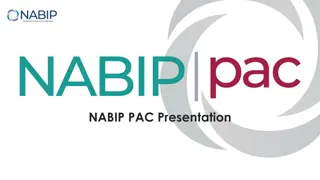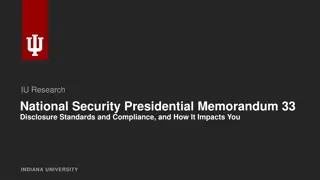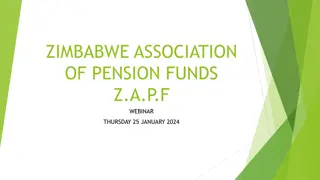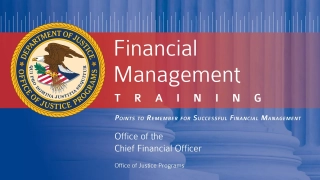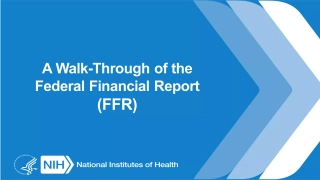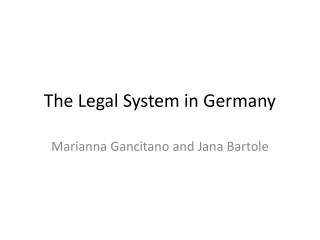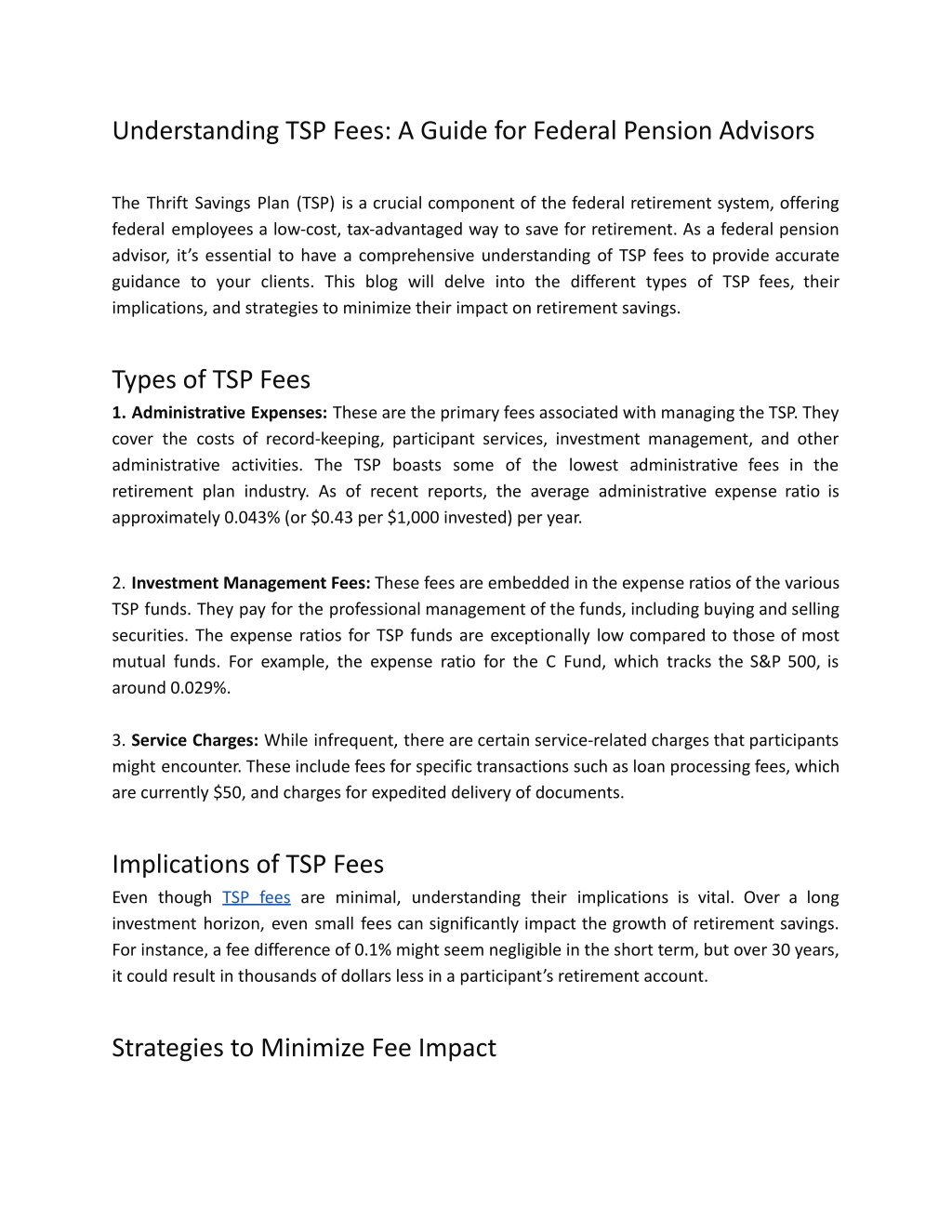
Understanding TSP Fees: A Guide for Federal Pension Advisors
Unlock the full potential of your clients' retirement savings by mastering TSP fees. Learn to minimize costs and maximize growth with expert guidance tailored for federal pension advisors.n
Download Presentation
Please find below an Image/Link to download the presentation.
The content on the website is provided AS IS for your information and personal use only. It may not be sold, licensed, or shared on other websites without obtaining consent from the author. Download presentation by click this link. If you encounter any issues during the download, it is possible that the publisher has removed the file from their server.
Presentation Transcript
Understanding TSP Fees: A Guide for Federal Pension Advisors The Thrift Savings Plan (TSP) is a crucial component of the federal retirement system, offering federal employees a low-cost, tax-advantaged way to save for retirement. As a federal pension advisor, it s essential to have a comprehensive understanding of TSP fees to provide accurate guidance to your clients. This blog will delve into the different types of TSP fees, their implications, and strategies to minimize their impact on retirement savings. Types of TSP Fees 1. Administrative Expenses: These are the primary fees associated with managing the TSP. They cover the costs of record-keeping, participant services, investment management, and other administrative activities. The TSP boasts some of the lowest administrative fees in the retirement plan industry. As of recent reports, the average administrative expense ratio is approximately 0.043% (or $0.43 per $1,000 invested) per year. 2. Investment Management Fees: These fees are embedded in the expense ratios of the various TSP funds. They pay for the professional management of the funds, including buying and selling securities. The expense ratios for TSP funds are exceptionally low compared to those of most mutual funds. For example, the expense ratio for the C Fund, which tracks the S&P 500, is around 0.029%. 3. Service Charges: While infrequent, there are certain service-related charges that participants might encounter. These include fees for specific transactions such as loan processing fees, which are currently $50, and charges for expedited delivery of documents. Implications of TSP Fees Even though TSP fees are minimal, understanding their implications is vital. Over a long investment horizon, even small fees can significantly impact the growth of retirement savings. For instance, a fee difference of 0.1% might seem negligible in the short term, but over 30 years, it could result in thousands of dollars less in a participant s retirement account. Strategies to Minimize Fee Impact
1. Educate Clients on Fund Choices: Guide your clients to understand the differences in expense ratios among the TSP funds. For instance, the G Fund, which invests in government securities, typically has lower expenses compared to the international-focused I Fund. Advising clients on a diversified yet cost-effective portfolio can help minimize fee impact while achieving their retirement goals. 2. Leverage Lifecycle Funds: Lifecycle (L) Funds automatically adjust their asset allocation over time, becoming more conservative as participants approach retirement. These funds simplify investment management for participants and can be a cost-effective option due to their automatic rebalancing, reducing the need for frequent trading that can incur additional fees. 3. Monitor Account Activity: Encourage clients to monitor their TSP accounts regularly and avoid unnecessary transactions that could incur fees, such as frequent interfund transfers. Staying informed about their account can help them make strategic decisions that minimize costs. Conclusion For federal pension advisors, understanding TSP fees is essential in helping clients maximize their retirement savings. The TSP s low fee structure is one of its significant advantages, but even low fees can accumulate over time. By educating clients about the nature of these fees and advising on cost-effective investment strategies, you can help ensure they are making the most of their retirement investments. Your expertise can guide them to a more secure financial future, leveraging the benefits of the TSP while keeping fees at bay.

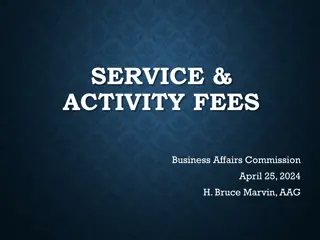






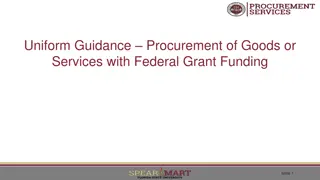


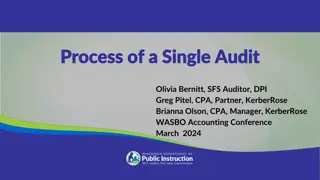



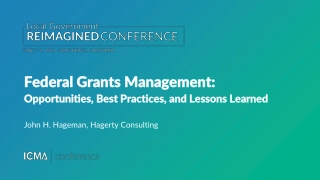
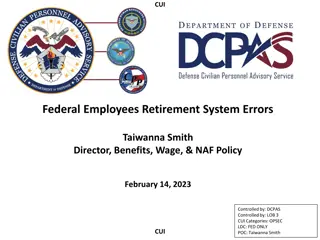





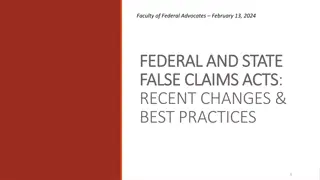

![Town of [Town Name] Real Estate Tax Rates and FY 2024 Budget Summary](/thumb/62211/town-of-town-name-real-estate-tax-rates-and-fy-2024-budget-summary.jpg)



